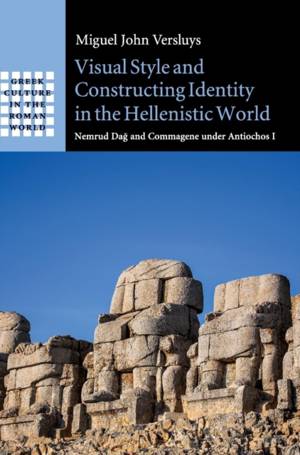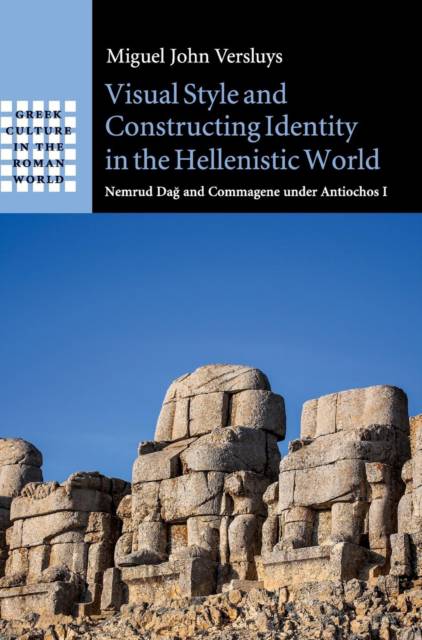
- Afhalen na 1 uur in een winkel met voorraad
- Gratis thuislevering in België vanaf € 30
- Ruim aanbod met 7 miljoen producten
- Afhalen na 1 uur in een winkel met voorraad
- Gratis thuislevering in België vanaf € 30
- Ruim aanbod met 7 miljoen producten
Zoeken
Visual Style and Constructing Identity in the Hellenistic World
Miguel John Versluys
€ 172,95
+ 345 punten
Omschrijving
Located in the small kingdom of Commagene at the upper Euphrates, the late Hellenistic monument of Nemrud Dağ (c.50 BC) has been undeservedly neglected by scholars. Qualified as a Greco-Persian hybrid instigated by a lunatic king, this fascinating project of bricolage has been written out of history. This volume redresses that imbalance, interpreting Nemrud Dağ as an attempt at canon building by Antiochos I in order to construct a dynastic ideology and social order, and proving the monument's importance for our understanding of a crucial transitional phase from Hellenistic to Roman. Hellenistic Commagene therefore holds a profound significance for a number of discussions, such as the functioning of the Hellenistic koine and the genesis of Roman 'art', Hellenism and Persianism in antiquity, dynastic propaganda and the power of images, Romanisation in the East, the contextualising of the Augustan cultural revolution, and the role of Greek culture in the Roman world.
Specificaties
Betrokkenen
- Auteur(s):
- Uitgeverij:
Inhoud
- Aantal bladzijden:
- 332
- Taal:
- Engels
- Reeks:
Eigenschappen
- Productcode (EAN):
- 9781107141971
- Verschijningsdatum:
- 25/08/2017
- Uitvoering:
- Hardcover
- Formaat:
- Genaaid
- Afmetingen:
- 179 mm x 256 mm
- Gewicht:
- 544 g

Alleen bij Standaard Boekhandel
+ 345 punten op je klantenkaart van Standaard Boekhandel
Beoordelingen
We publiceren alleen reviews die voldoen aan de voorwaarden voor reviews. Bekijk onze voorwaarden voor reviews.











